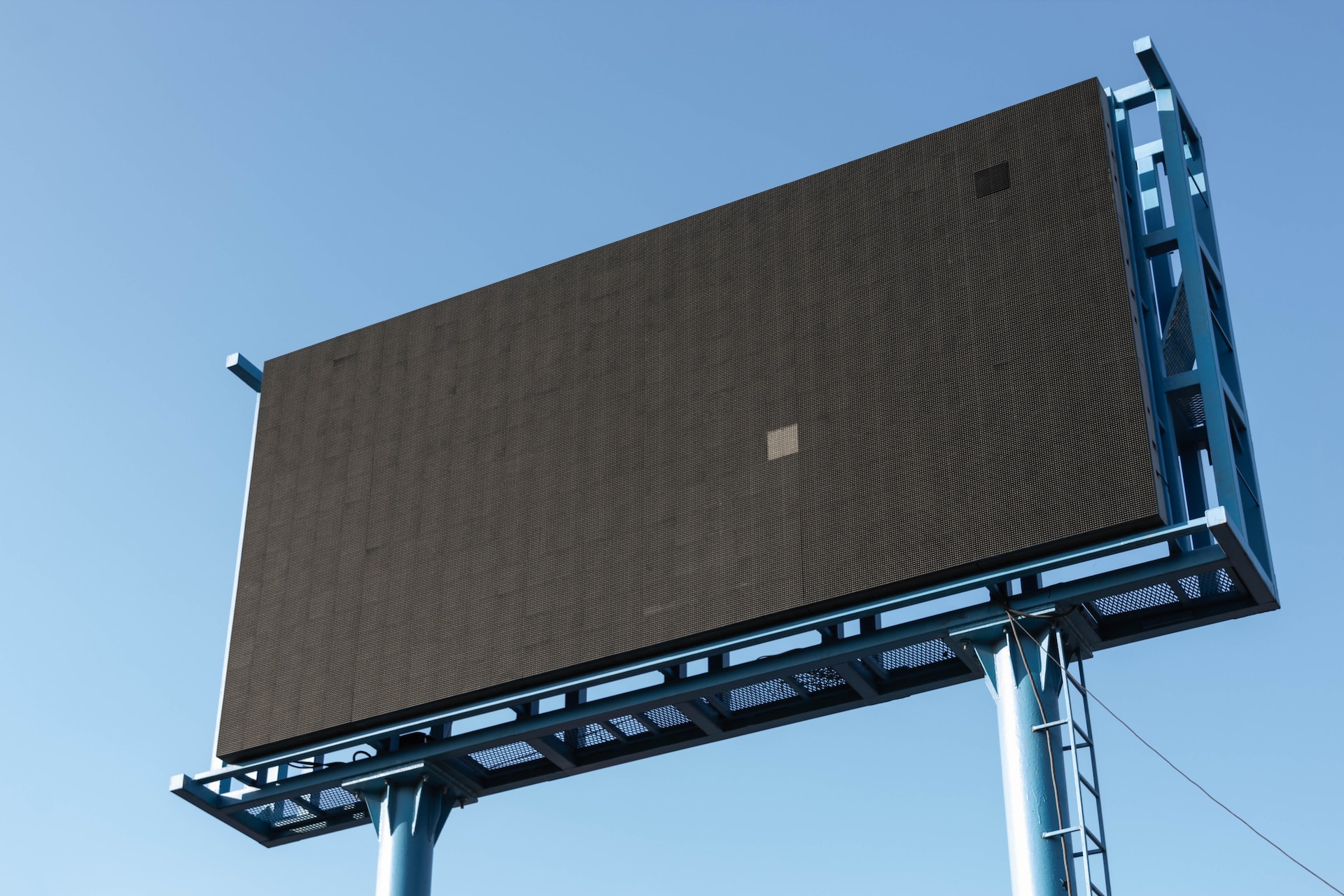
LED Display
LED displays have revolutionized the way we view digital content, offering brilliant visuals and energy efficiency. The quality of an LED display can significantly impact its performance and longevity. This article aims to guide you through the essential aspects of identifying high-quality LED displays.
Understanding LED Displays
Definition and Types
LED (Light Emitting Diode) displays are electronic panels used for advertising, information displaying, and entertainment purposes. They come in various types, including traditional LED panels, flexible LED screens, and transparent LED displays.
The Role in Modern Technology
LED displays are integral to modern digital signage, advertising, and entertainment industries, offering unparalleled brightness and color vibrancy.
Factors Determining LED Display Quality
The quality of an LED display is influenced by several factors, each playing a crucial role in determining how well the display performs in various applications. Here’s a detailed look at these factors:
- Resolution: The resolution of an LED display refers to the total number of pixels it contains. Higher resolution means more pixels, which translates to finer details and sharper images. For close-up viewing, high-resolution displays are essential.
- Pixel Pitch: Pixel pitch indicates the distance between the centers of two adjacent pixels. A smaller pixel pitch results in a higher pixel density, offering a clearer and more detailed image, especially important for displays viewed from a short distance.
- Brightness and Contrast: The brightness of an LED display is measured in nits. A higher nit value means the display can be easily seen even in bright conditions. Contrast ratio, on the other hand, is the difference between the darkest black and the brightest white the display can produce. Higher contrast ratios contribute to more vibrant and dynamic images.
- Color Reproduction: This refers to the display’s ability to accurately reproduce colors. High-quality LED displays have a wide color gamut, meaning they can display a broad range of colors more accurately. The quality of an LED display largely depends on its color range, also known as color gamut, and color depth. A wider color range allows the display to reproduce more colors, while greater color depth enables it to show more shades and nuances within each color. This results in more vibrant, true-to-life images.
- Refresh Rate: The refresh rate of an LED display is the number of times the image is refreshed per second, measured in hertz (Hz). Higher refresh rates reduce flicker and provide smoother motion, which is particularly important for displaying fast-moving content or for use in broadcasting.
- Viewing Angle: This is the maximum angle at which a display can be viewed with acceptable visual performance. Wider viewing angles mean the image quality does not degrade significantly when seen from different angles. Viewing angle is a critical factor in determining the quality of an LED display. It refers to the maximum angle at which a display can be viewed with acceptable visual performance.
- Durability and Reliability: High-quality LED displays are designed to be durable and reliable. This includes resistance to various weather conditions, mechanical impacts, and long operational lifespans. Durability and reliability are essential factors in determining the quality of an LED display, as they affect the lifespan and performance of the screen over time.
- Energy Efficiency: Energy efficiency is increasingly important, both for environmental reasons and for reducing operational costs. More efficient LEDs consume less power while maintaining brightness and color quality.
- Build Quality: The overall build quality, including the use of high-grade materials and solid construction, affects the longevity and performance of the display.
- Software and Interface: The software used to control the LED display and the ease of interfacing with different systems (like computers, cameras, etc.) can greatly influence the user experience and the flexibility of the display’s use.
- Calibration and Maintenance: Proper calibration ensures consistent image quality across the entire display. Regular maintenance is also necessary to keep the display in optimal condition.
- Manufacturing Process and Quality Control: The precision in the manufacturing process and stringent quality control measures ensure uniformity in color and brightness across the display.
Conclusion
In conclusion, identifying the quality of an LED display involves examining various technical, physical, and brand-related factors. Making an informed decision ensures that your investment in an LED display is worthwhile, meeting both current and future needs.






